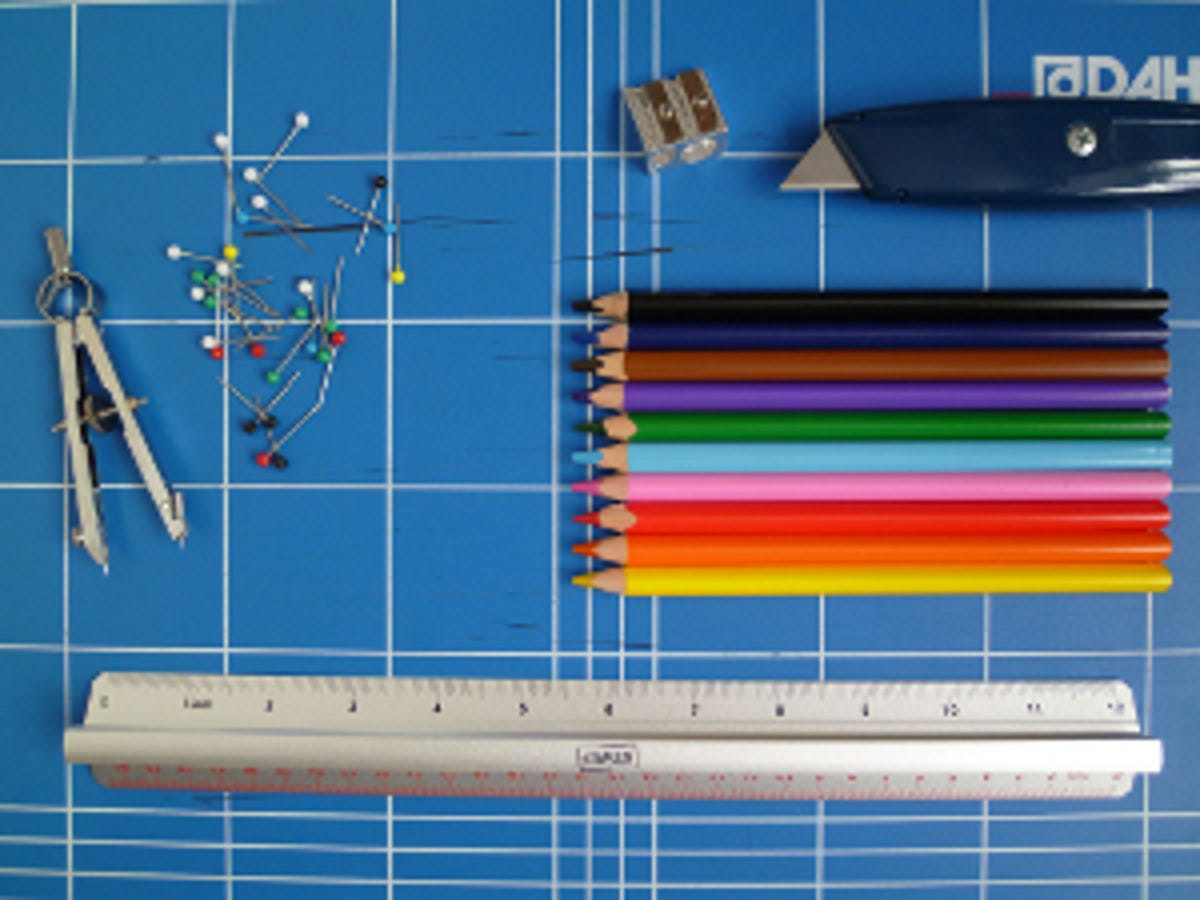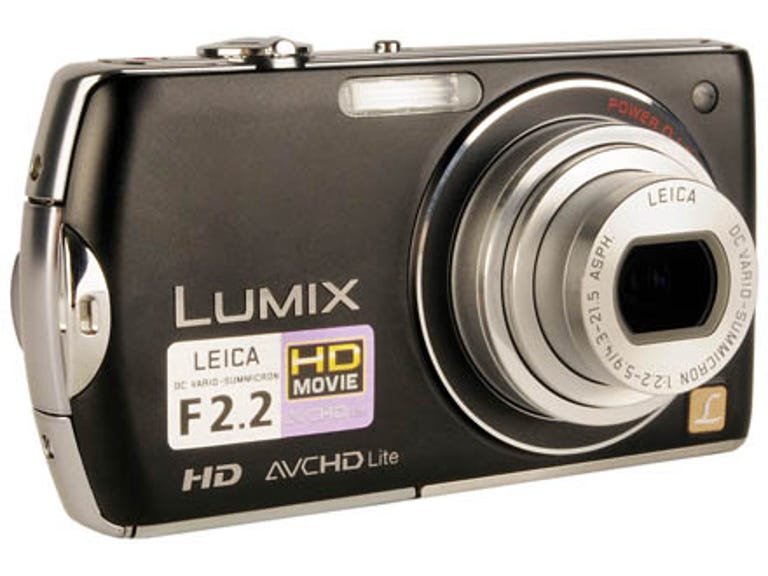 Why You Can Trust CNET
Why You Can Trust CNET Panasonic Lumix DMC-FX70 review: Panasonic Lumix DMC-FX70
The Panasonic Lumix DMC-FX70 is a well-made compact camera that delivers good results within the limits of its sensor, but it's too expensive
The 14.1-megapixel Lumix DMC-FX70 is one of Panasonic's top-end compact cameras. It's not quite in the same territory as the new Lumix DMC-LX5, which is aimed more at serious enthusiasts. Instead, it's pitched at tech-savvy shooters who lust after cutting-edge automation, 720p movies and touchscreen control. But is it worth £250 or thereabouts?
The Good
The Bad
The Bottom Line
Justifies its price?
For an auto-only snapshot camera, £250 is pricey, so what does the FX70 do to justify the outlay? The 24-120mm, 5x zoom is a good start, and the maximum aperture of f2.2 means that the FX70 has an advantage in low light compared to most of its rivals.
It's also got a 'motion deblur' mode that, according to Panasonic, prevents any kind of blur, whether from hand shake or subject motion. Unsurprisingly, you can provoke the FX70 into producing blur, despite this claim, but it's not as easy as you might expect.

Panasonic's 'intelligent resolution' image processing seems to work well, too. In this mode, the camera splits the scene up into areas of smooth tone, textures and sharp edges, and processes them all differently to get optimum results for each. If you view standard and 'intelligent' images side by side, the latter do show clearer, sharper detail with no obvious penalty in terms of noise or excessive smoothing. Different subjects may produce different results, though.
It's hard to see, however, why Panasonic offers this intelligent-resolution processing alongside its conventional image-processing system, instead of just replacing the latter altogether. If it's that good, why not use it all the time? Otherwise it's just confusing for the user.
The lens is better than expected, too. Lenses with this kind of range often produce poor edge sharpness and chromatic aberration, but the FX70's zoom is well above average.
To top it all off, Panasonic's made some progress with its touchscreen display. The interface is logical and quite easy to navigate, and the screen responds quickly and positively.
Smooth operator
The screen is also one of the FX70's weaknesses, though. It's alright indoors, but it looks quite weak and flat outdoors.
There are also image-quality issues that are nothing to do with the lens, but rather down to the 14.1-megapixel sensor. The camera starts to smooth over fine image detail from ISO 200 onwards, and, while the quality isn't bad at higher ISOs (pictures are usable even at ISO 1,600), you never get anything like 14 megapixels of detail, because there's just too much smoothing and processing going on. The intelligent-resolution option helps, but, even then, it's only the coarser detail that stands out, and finer textures still tend to disappear.
The 'intelligent zoom' is annoying, too. Panasonic's line is that the intelligent-resolution processing does such a good job that it allows an increase in the zoom range, taking it up from 5x to 6.5x. But it's really just a combination of digital zoom and intelligent processing. If you try it out, that's exactly what it looks like. The intelligent zoom might sell more cameras, but it doesn't do much for your pictures.
Conclusion
The Panasonic Lumix DMC-FX70 is good, but not good enough. Its features and picture quality are a step above those of the average compact camera, but it still doesn't really justify the price difference. And, while its numerous intelligent technologies sound great, figuring out what they're doing, why and whether they're making a difference is a distraction you can do without.
Edited by Charles Kloet
